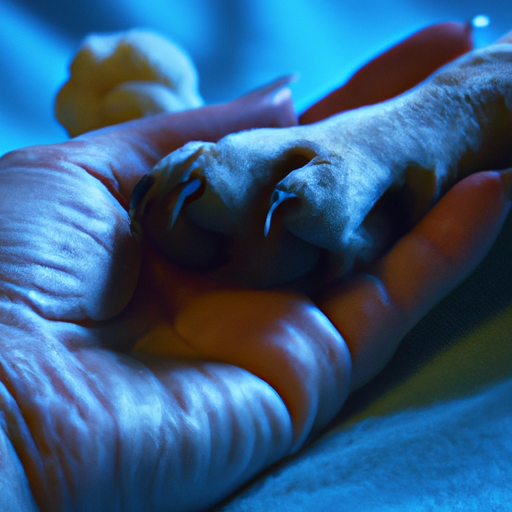Separation anxiety in dogs is a serious condition that can lead to destructive behavior, excessive barking, and even escape attempts. As a caregiver, it’s crucial for you to understand the signs and learn effective strategies to alleviate this stressful issue.
Understanding Separation Anxiety
Separation anxiety is a panic response your canine companion might experience when left alone. This can manifest in various ways such as:
- Destructive chewing
- Excessive barking or howling
- Attempting to escape from the house
- Pacing in an obsessive pattern
It’s important to note that not all undesirable behavior when left alone is separation anxiety. It could be due to insufficient training or under-stimulation.
Recognizing the Causes
There’s no definitive reason why a dog develops separation anxiety. However, certain triggers seem to contribute:
- Change of guardian or family
- Change in schedule
- Change in residence
- Time spent in a shelter or boarding kennel
Understanding the root cause can help you take effective measures to alleviate your pet’s anxiety.
Implementing Routine and Training
Dogs thrive on routine and consistency. Establish a “goodbye” routine to help your pet cope with the separation.
| Steps | Description |
|---|---|
| 1. | Start by leaving your dog alone for short periods. |
| 2. | Gradually increase the duration as your pet becomes more comfortable. |
| 3. | Avoid emotional departures and arrivals. |
| 4. | Offer a special treat or toy when you leave. |
This will help your dog associate your departure with positive experiences.
Exploring Therapeutic Options
In severe cases, therapeutic assistance may be necessary. This could include:
- Medication: Consult with your vet about medication options.
- Professional Training: A professional dog trainer or behaviorist can offer personalized strategies.
- Dog Daycare or Dog Sitter: If your schedule allows, consider these options as a way for your dog to socialize and reduce their anxiety.
Creating a Safe Space
Designating a specific area in your house where your dog can feel safe and secure can help reduce their anxiety.
- Make sure this area is comfortable and free of potential hazards.
- Include their favorite toys or blankets to make them feel more at ease.
- You can use a crate, but only if your dog sees it as their safe haven and not a place of punishment.
FAQ
Can puppies have separation anxiety?
Yes, puppies can show signs of separation anxiety. They can become overly attached and anxious when separated from their guardians.
What can I give my dog for separation anxiety?
Always consult your vet before giving your dog any kind of medication. They can guide you on the best course of action.
Can separation anxiety in dogs cause aggression?
In some cases, yes. Separation anxiety can lead to aggressive behavior, especially if the dog feels threatened. However, it’s not the only cause of aggression.
Is separation anxiety common in certain breeds?
While any breed can develop separation anxiety, it seems to be more common in rescue dogs or dogs who have been rehomed multiple times.
Remember, as a caregiver, your patience, understanding, and consistency can go a long way in helping your furry friend overcome their separation anxiety. It’s a challenging journey, but with the right approach, you can help your dog live a happier and anxiety-free life.



